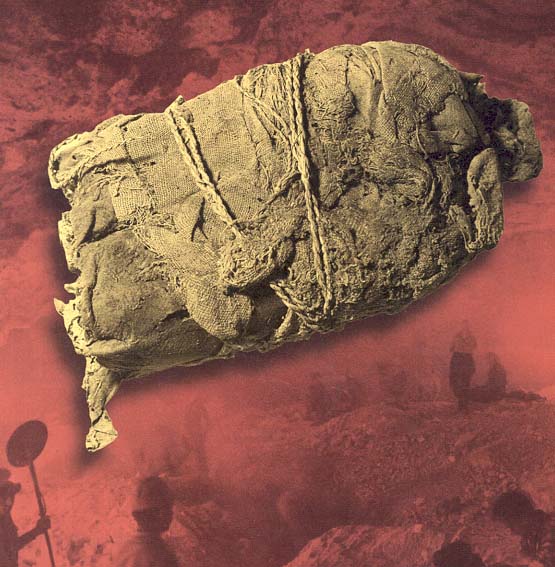Image Details

David Harris
In the murky recesses of a cave near En-Gedi, archaeologists hunt with metal detectors, pickaxes and spades for traces of its second-century C.E. occupants. The hiding place of Jews fleeing from the roman army at the end of the Second Jewish Revolt (132–135 C.E.), the vast cave yielded such a large number of documents tat archeologists named it the Cave of Letters. Among the finds were communications from the leader of the revolt, Bar Kosiba, to two of his lieutenants, and a Psalm scroll; but the majority of the documents belonged to a woman named Babatha. Her bundle of 35 papyri (inset photo)—part of a large cache of objects discovered during Yigael Yadin’s 1962 expedition to the Cave of Letters—records the major legal transactions of her life, even while the circumstances of its discovery suggest her tragic death.
